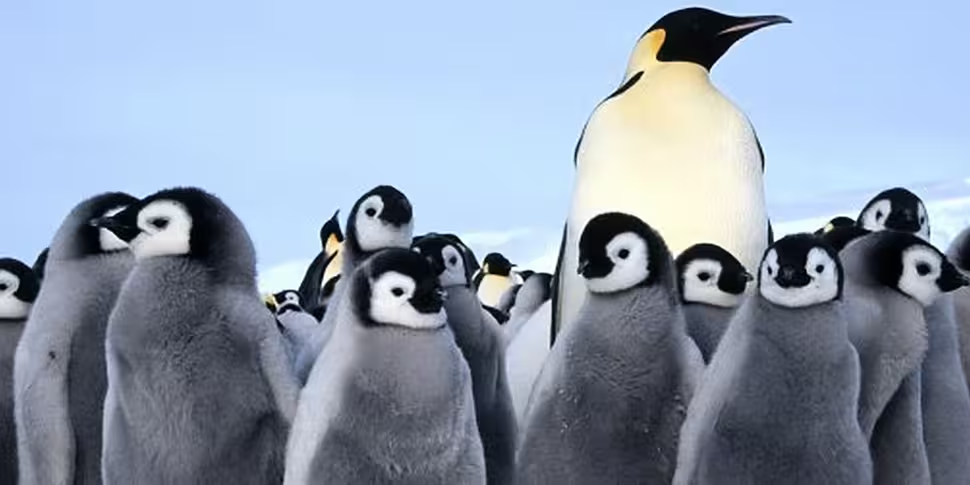Tuesday marks World Penguin Day, celebrating and protecting the world’s penguin population.
A new report by Oceanites has found that there are at least 5.7 million breeding pairs nesting at 660 or more sites across the entire Antarctic continent.
The five penguin species breeding in Antarctica are: emperor, Adélie, chinstrap, gentoo, and macaroni.
The emperor and Adélie are the only two which breed around the entire continent, while the other three are restricted to the northern sections of the Antarctic Peninsula.
A database compiled by the Mapping Application for Penguin Populations and Projected Dynamics (MAPPPD) contains 3,176 records of colony counts from 101 sources, involving 660 sites around Antarctica.
Over the past 60 years, gentoo populations have seen their population increased significantly; Adélie penguin populations have, in general, declined significantly and chinstrap penguin populations have also declined.
By contrast, Adélie penguin populations in East Antarctica and the Ross Sea appear to be increasing.
Source: State of Antarctic Penguins 2017
"Ultimately, all relate to climate", the State of Antarctic Penguins 2017 report finds.
But it says there are variations.
It says the Antarctic Peninsula has warmed considerably over more than six decades, year-round by 2ËšC and in winter by 5ËšC.
But it says warming appears to have slowed in East Antarctica and the Ross Sea, where there has been a cooling trend.
"Paralleling these differences, Antarctic Peninsula Adélie penguin populations have generally been declining, while in East Antarctica and the Ross Sea, they appear to be increasing.
"No gentoo or chinstrap penguins appear to be breeding in East Antarctica or the Ross Sea.
"These two species breed in West Antarctica, but with different responses to the warmed, regional climate: gentoos increasing, while chinstraps appear to be declining, although many sites lack enough data to draw firm conclusions."
Source: State of Antarctic Penguins 2017
Separately WWF polar programme manager, Rod Downie, said: "Penguins are the iconic species of the ice.
"They are the giants of the penguin world. No other species is so perfectly adapted to survive the world’s harshest environment - Antarctica.
"However, these unique birds are threatened by climate change.
"Recently WWF supported scientists from the British Antarctic Survey to undertake the first British-led field studies on emperor penguins in almost 60 years.
"This will help to support the development of Marine Protected Areas in Antarctica.
The group is urging more action to tackle climate change by honouring the Paris climate agreement, reducing carbon emissions and embracing clean energy solutions.











